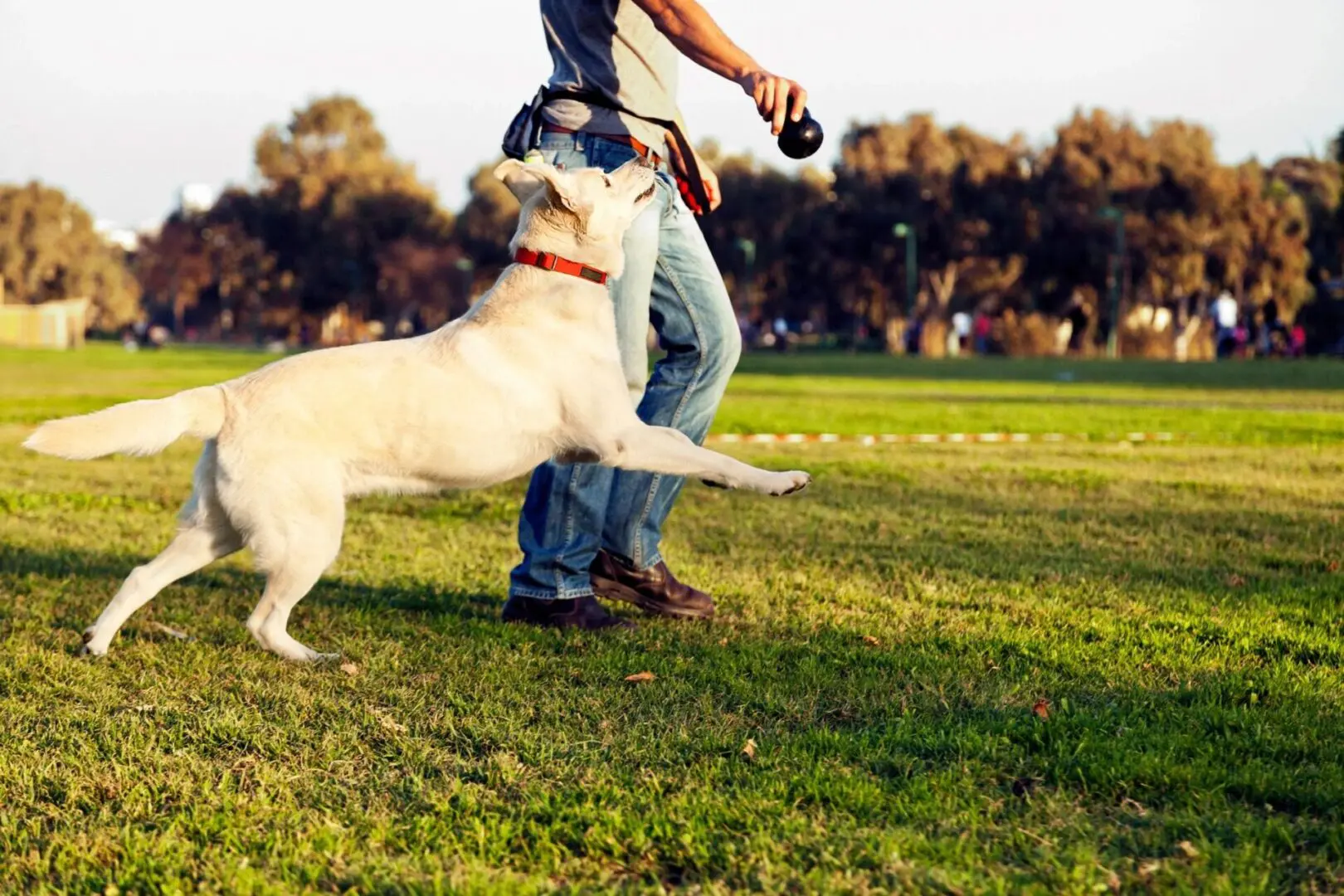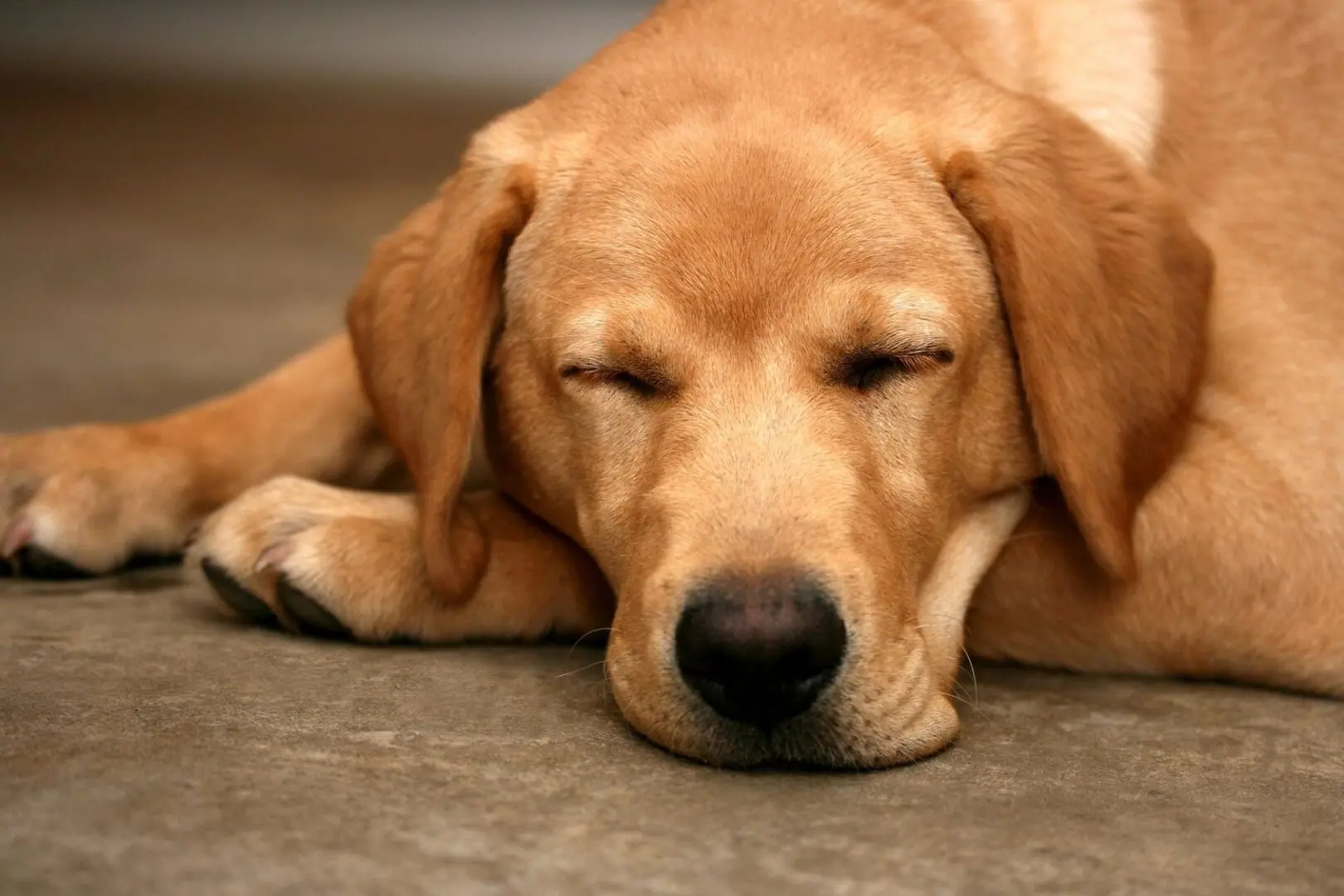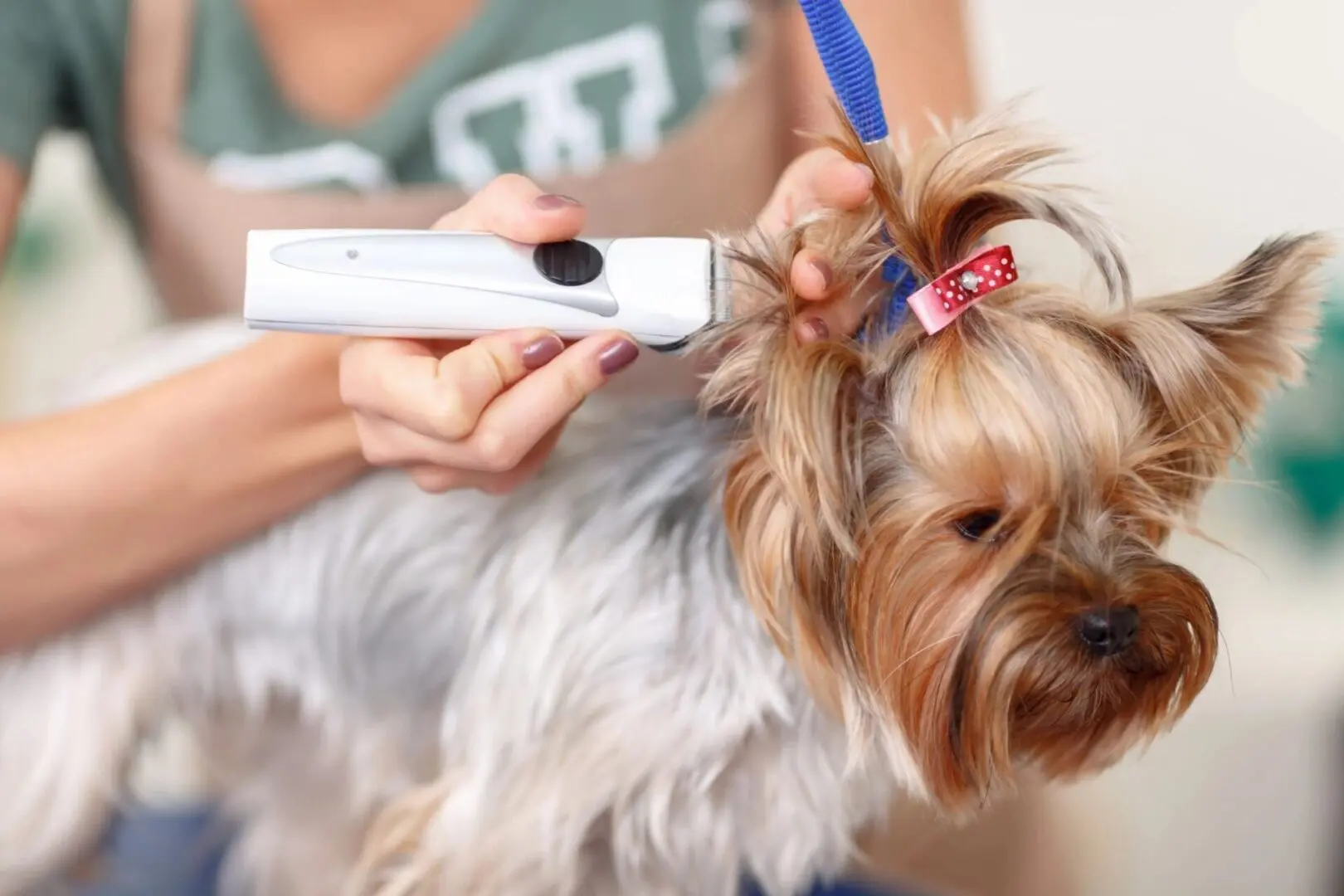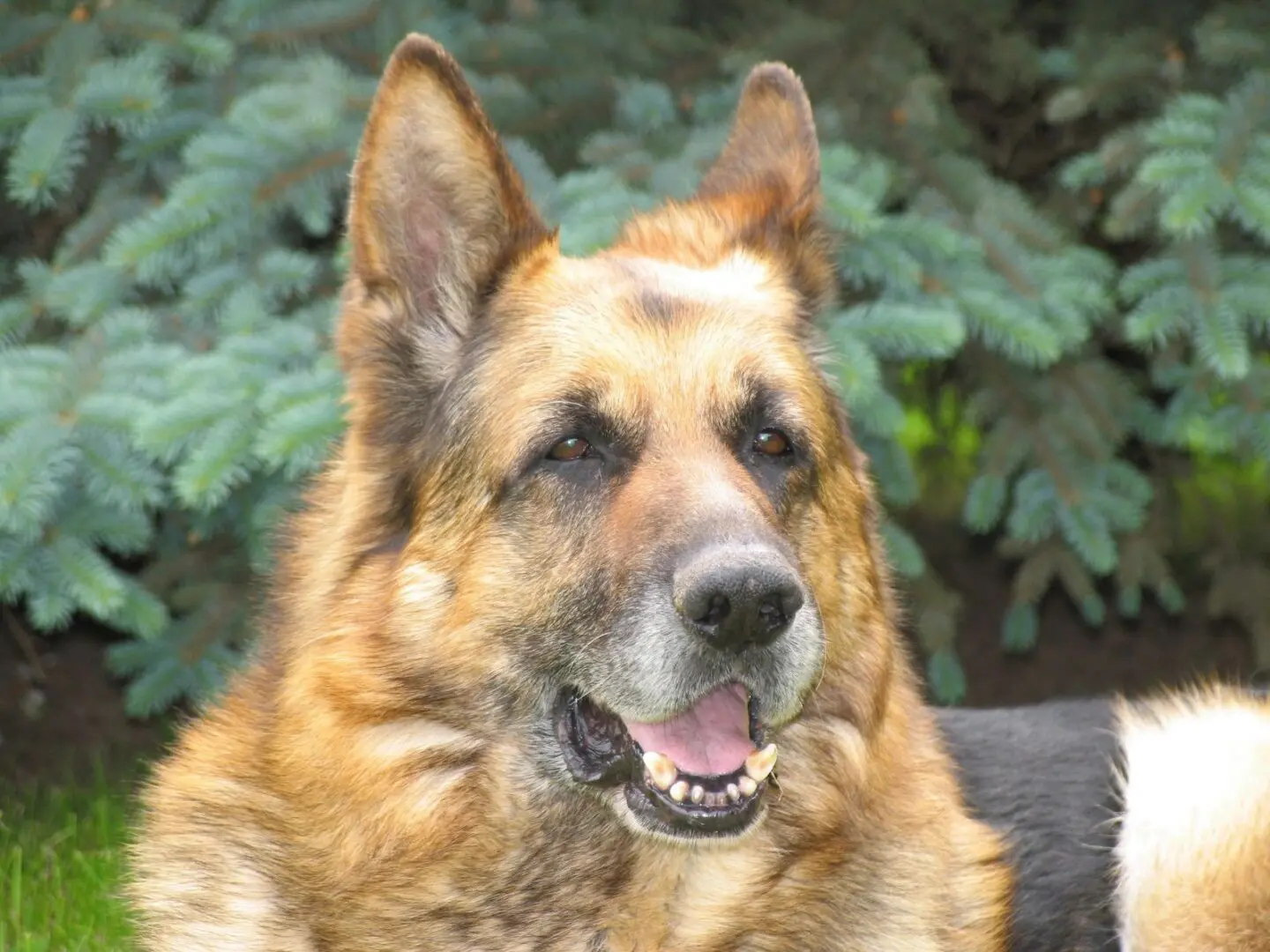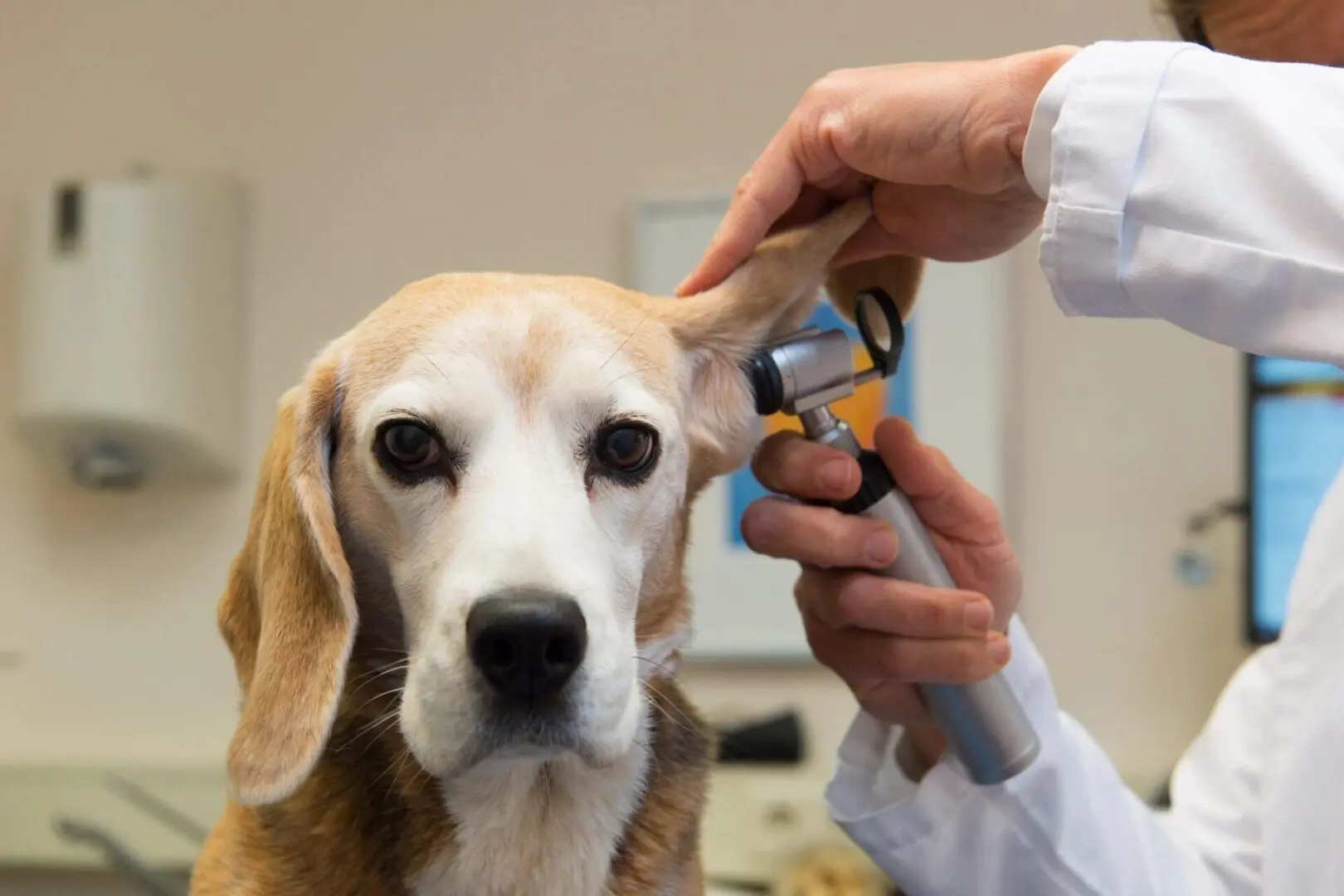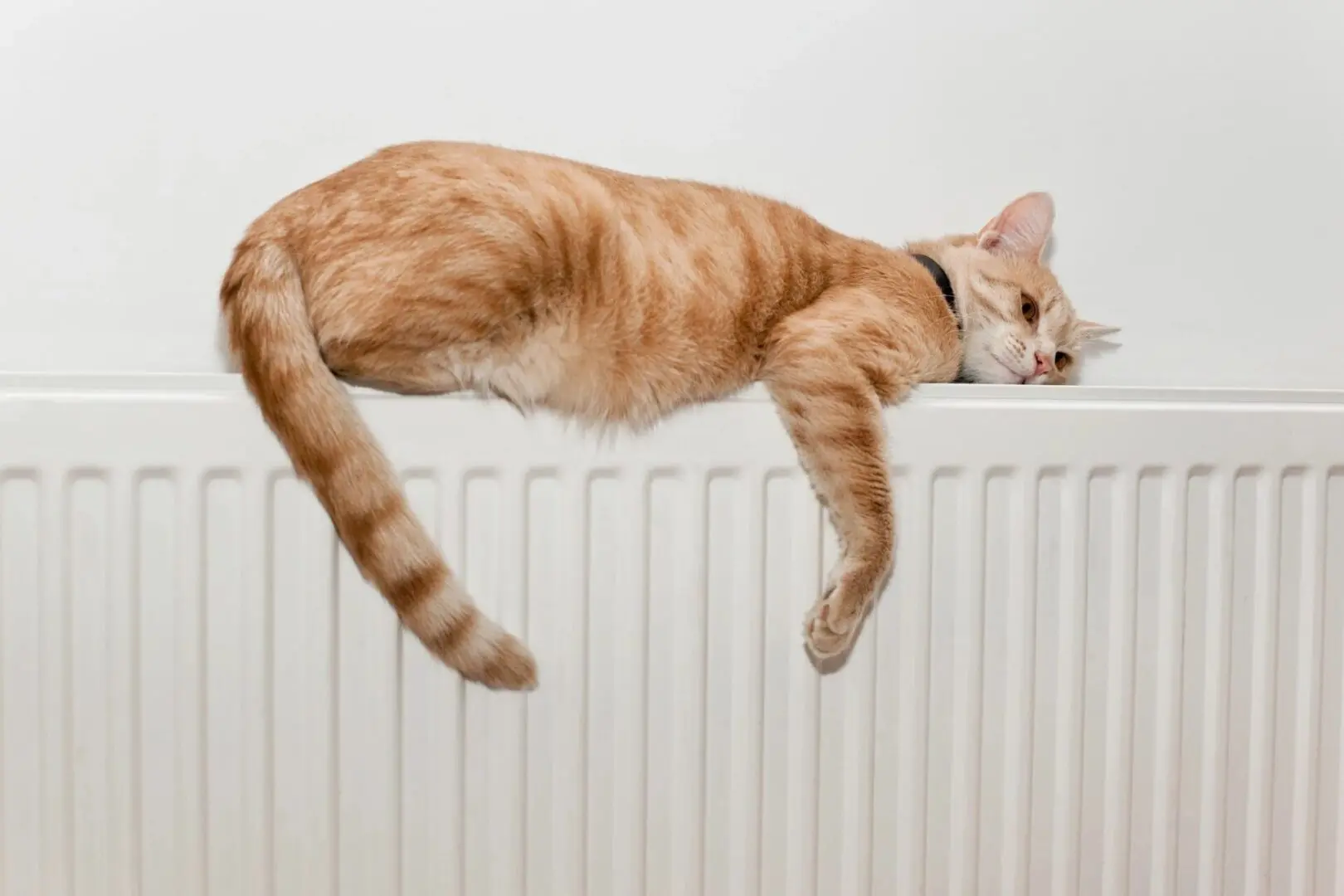Veterinary Surgery for Small Animals
Comprehensive Veterinary Surgery Services
Dr. Rettenmaier specializes in providing small animals with surgical procedures and knows how to explain them to pet owners properly.
The surgeon, Dr. Rettenmaier, has the necessary training and experience to safely and effectively carry out these procedures. She understands these procedures' importance and strives to ensure the best possible options and outcomes for her patients.
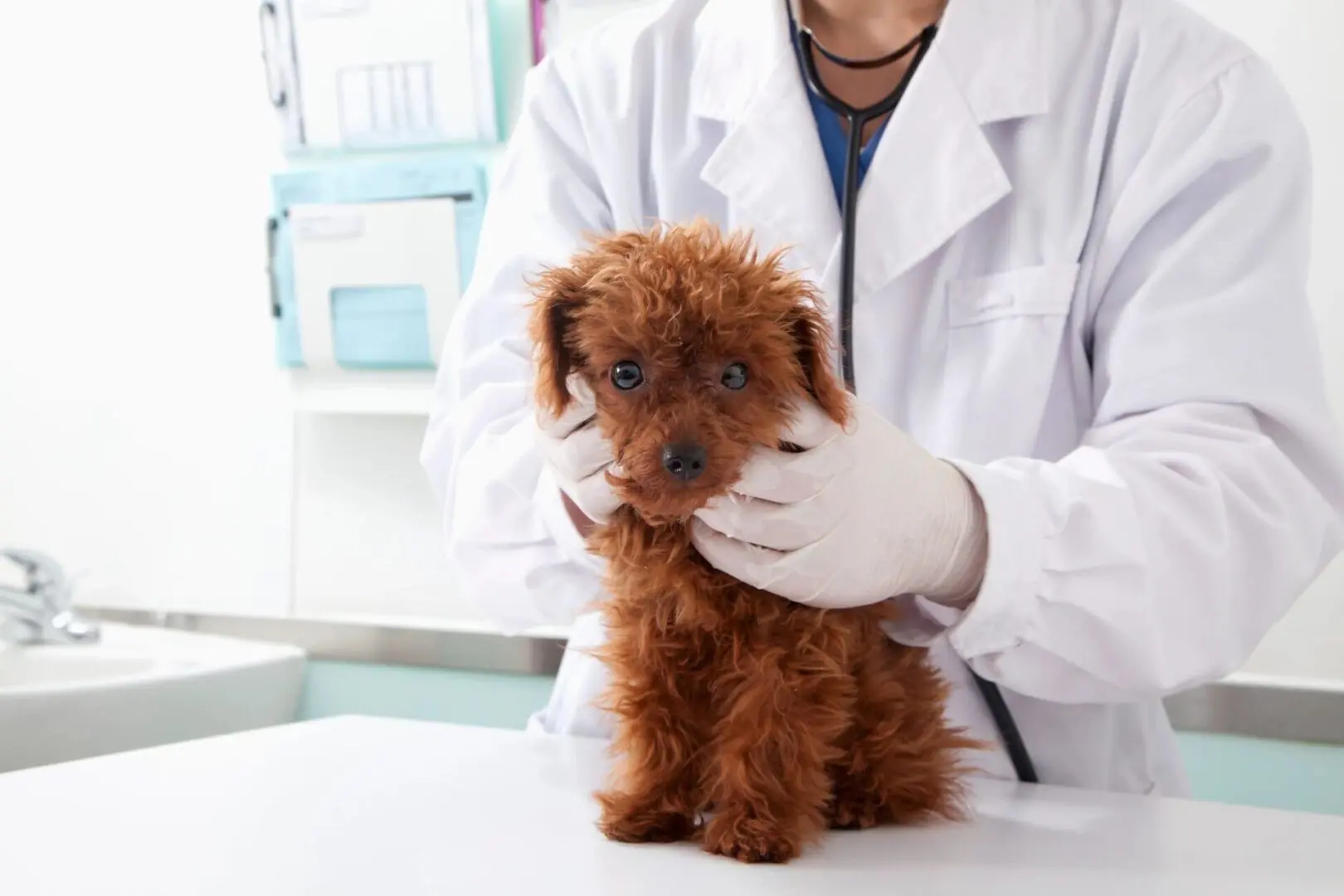
Orthopedic Surgery
- Fracture Repair (Internal, External)
- Cruciate Ligament Surgery (Extracapsular Repair)
- Medial Patellar Luxation
- Elbow Dysplasia
- Hip Dysplasia (FHO)
- Other Selected Orthopedic Procedures (Joint Luxation Repair, Angular Limb Deformity Correction, etc)
- Consultation or management for non- surgical orthopedic conditions.
Head and Neck Surgery
- Total Ear Canal Ablation and Bulla Osteotomy (TECA-BO)
- Ventral Bulla Osteotomy (VBO)
- Oral Surgery
- Laryngeal Paralysis
- Salivary Mucocele and Tumors
Abdominal Surgery
- Splenectomy
- Gastric Dilatation-Volvulus
- Prophylactic Gastropexy
- Intestinal Foreign Body/Obstruction
- Cholecystectomy
- Abdominal Biopsies
- Hernia repairs (inguinal, perineal, abdominal)
Urogenital Surgery
- Cystotomy (Bladder Stones)
- Urethrostomy (perineal, scrotal, etc for stones, blockages, and tumors)
- Ectopic Ureter Repair
- Caesarian
Reconstructive Surgery
- Skin Grafts/Flaps
- Acute/Chronic Wound Management
Oncologic Surgery
- Tumor Biopsy/Excision
- Amputation
Why Choose Veterinary Integrative Medicine
We believe in providing our patients with quality surgeries and compassionate post-surgery care. Our experienced surgeons are dedicated to providing the best possible treatment for your pet. We use the latest technology and techniques to ensure every surgical procedure we conduct has the highest chance of success. Additionally, we work hard to ensure our patients have a successful recovery and go on to live long and healthy lives.
Quality Care and Monitoring
The team is committed to providing quality, compassionate care. Once your pet is referred and ready for surgery, the medical team uses the latest technology and techniques to ensure they receive the most up-to-date and effective treatments.
Dr. Rettenmaier and the team work hard to ensure your pets are properly monitored and experience a successful recovery to live long and healthy lives.
Pre and Post-Operative Instructions
Before and after your pet’s surgical procedure, it is important to follow pre and post-operative instructions carefully.
The team will provide instructions to ensure your pet has the best possible outcome. They will also provide detailed follow-ups to ensure your pet is recovering properly.
Surgery Procedures
If you don't see the procedure you're looking for, please call us at for more information.

